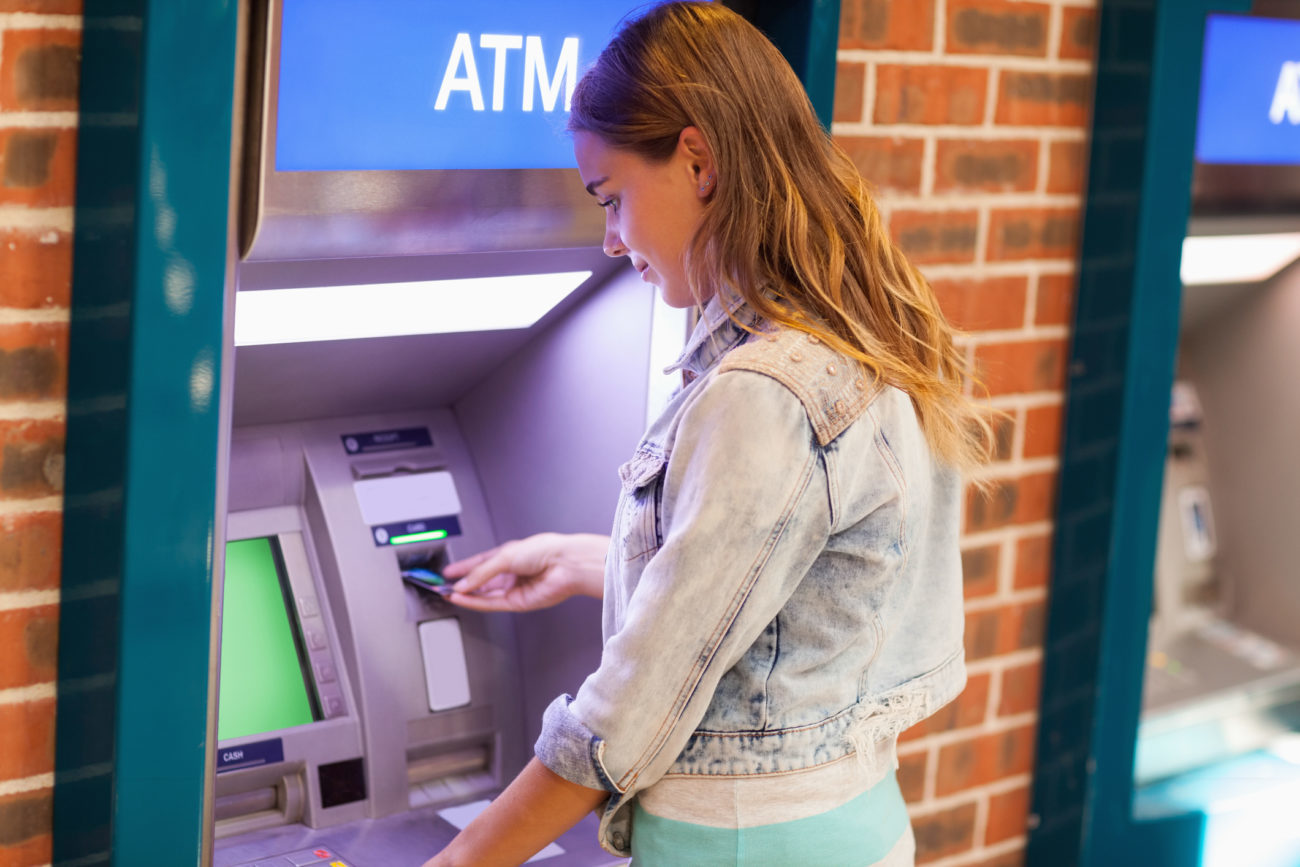Create Your “Emergency Savings” With a Personal Loan

Of course it makes sense to have emergency savings. And you should start saving right away to accumulate enough to cover two-to-six months of bills. Even a few dollars a week will eventually get you there. But that can take time, and if you don’t have enough in savings to cover emergencies, it might make sense to set up a personal loan for emergencies now.
Many lack emergency savings
The Federal Reserve’s Survey of Consumer Finances found that 43% of Americans who experienced a financial shortfall filled the gap by borrowing. That’s nearly as many as the 44% who were able to use savings to make ends meet. Having some emergency savings is by far a more cost-effective solution. However, if you have to borrow for a financial emergency doing it the right way can save you a great deal of money.
Costs of using a personal loan for emergencies
Borrowing comes at a cost, but using a personal loan for emergencies can be cheaper than simply racking up expenses on your credit card. According to the Federal Reserve, as of May, 2019 the average interest rate on a personal loan was 10.63%. Compare that to the 17.14% rate charged on the average credit card balance.
The problem is, in some financial emergencies you may not be able to borrow money quickly enough. Also, the nature of the emergency may make it more difficult to qualify for a loan.
This is why having a personal line of credit can serve as a form of backstop in case of financial emergencies. A line of credit is a commitment from a lender to loan you money on demand, within certain limits of how much you can borrow and for how long.
A personal line of credit not only allows you to secure access to credit before you experience an urgent need for money, but it also means you don’t start incurring interest charges until you actually use the money.
Of course, this access comes at a cost. The line of credit will have an interest rate you have to pay whenever you use the money. That interest rate may be variable so the cost of borrowing could go up or down over time.
Cost of personal loan for emergencies
In addition to the application and closing costs typically associated with getting a personal loan, a line of credit may entail paying an ongoing maintenance fee for having credit available. Even when you aren’t using the money. There may also be a transaction charge whenever you access money from your line of credit.
That’s why it’s smart to compare several programs to find the lowest cost one for your situation.
Even with its fees and interest, a line of credit can be cheaper than using a credit card for emergencies. It’s also likely to be cheaper than a payday lender or other short-term alternatives you might be forced to turn to in a pinch. Plus, there are ways of reducing the costs of using a line of credit.
Related: Good Debt, Bad Debt (When Personal Loans Are a Good Choice)
Making using a personal loan for emergencies more cost-effective
Having a line of credit can be a cost-effective way of accessing a personal loan because you only have to pay interest when you are using the money. In addition, there are some things you can do to make this strategy more affordable:
- Plan multiple uses for your line of credit. The cost of obtaining and maintaining a line of credit just in case you have a financial emergency can be like buying a fairly expensive form of insurance. However, if you have multiple uses for your line of credit, like a series of repairs or home improvements you plan to tackle over time, the costs involved can become more worthwhile.
- Avoid using a line of credit like an ATM. While a line of credit may allow you to access money on demand, don’t think of it like an ATM. Transactions charges may be a fixed dollar amount, which means they can represent a huge portion of smaller borrowing transactions. Plan your transactions to come in larger chunks to reduce the relative impact of transactions charges.
- Shop around for the best terms. Like loan terms, the interest rates and fees associated with lines of credit vary greatly from lender to lender. You won’t know if you’re getting a good deal until you do some comparison shopping.
Related: Personal Loans Beat Credit Cards for Large Purchases
Building your emergency savings
Using a line of credit as a backstop may be a viable option, but it will never be as cost-effective as having some emergency savings on hand. So, consider this strategy for transitioning from depending on a line of credit to having your own savings to fall back on:
First, if you borrow money you’ll eventually have to repay it. See how much room your budget would have for loan payments under normal circumstances. Add that to your budget. Let that determine how much you’re willing to borrow.
Second, when you don’t tap into your line of credit, put the budgeted payment into savings. This way, you can build emergency savings over time. When you can, pay yourself instead of a lender.











